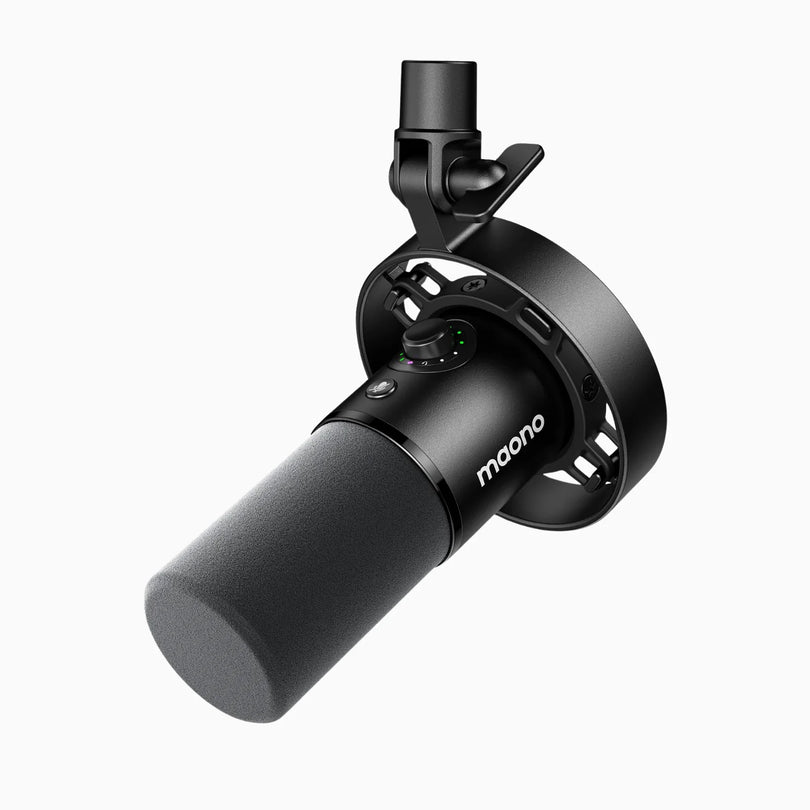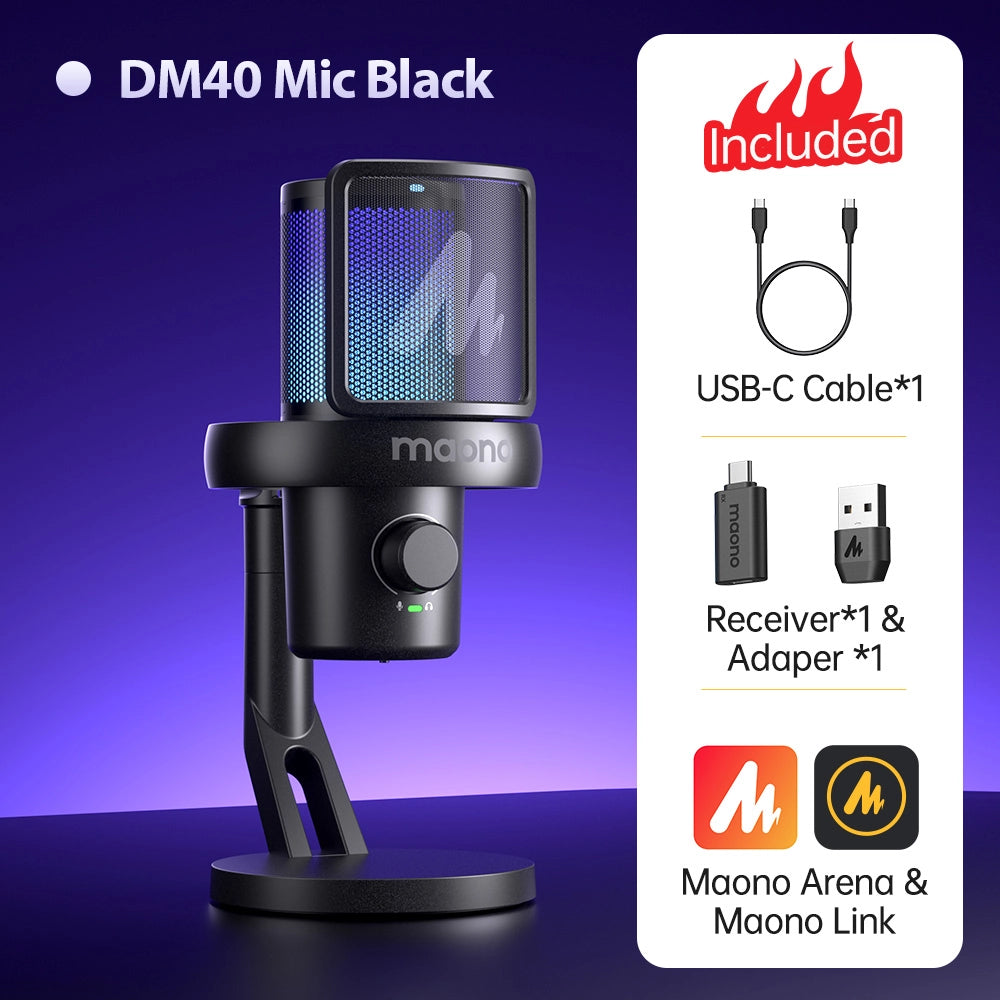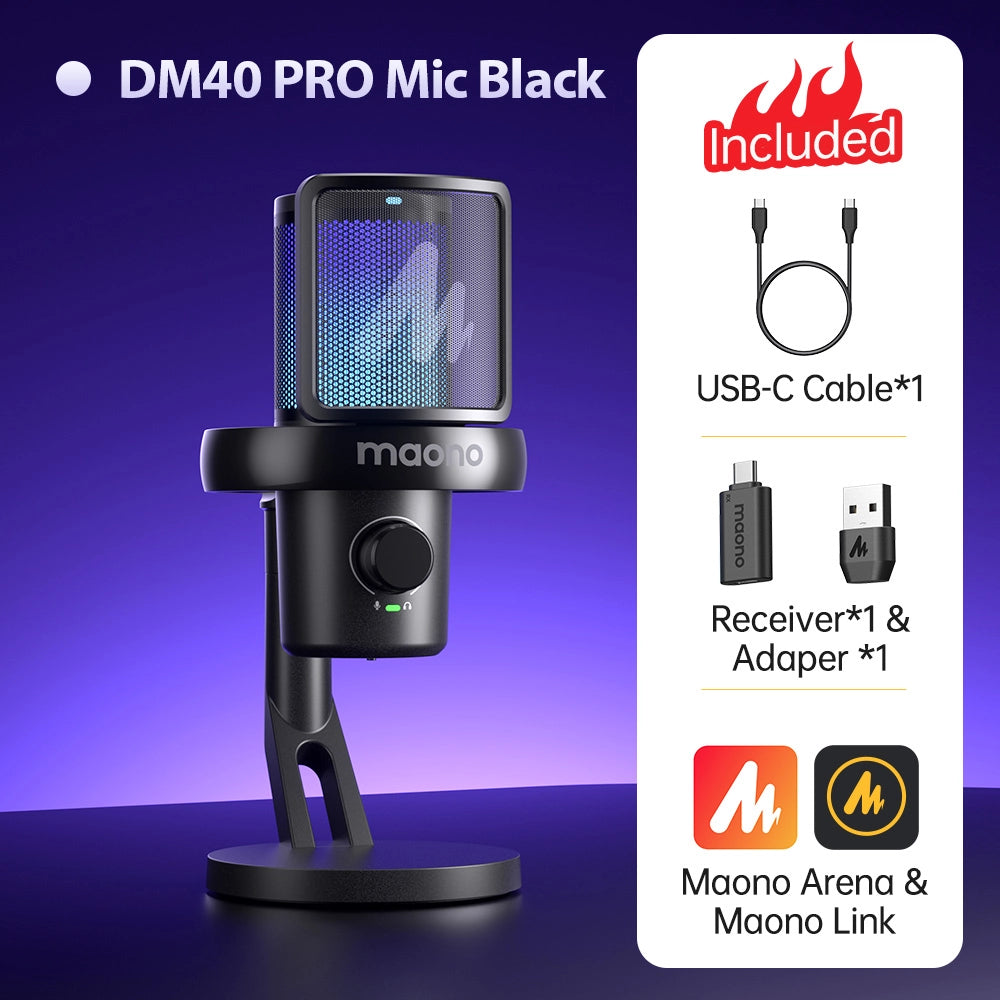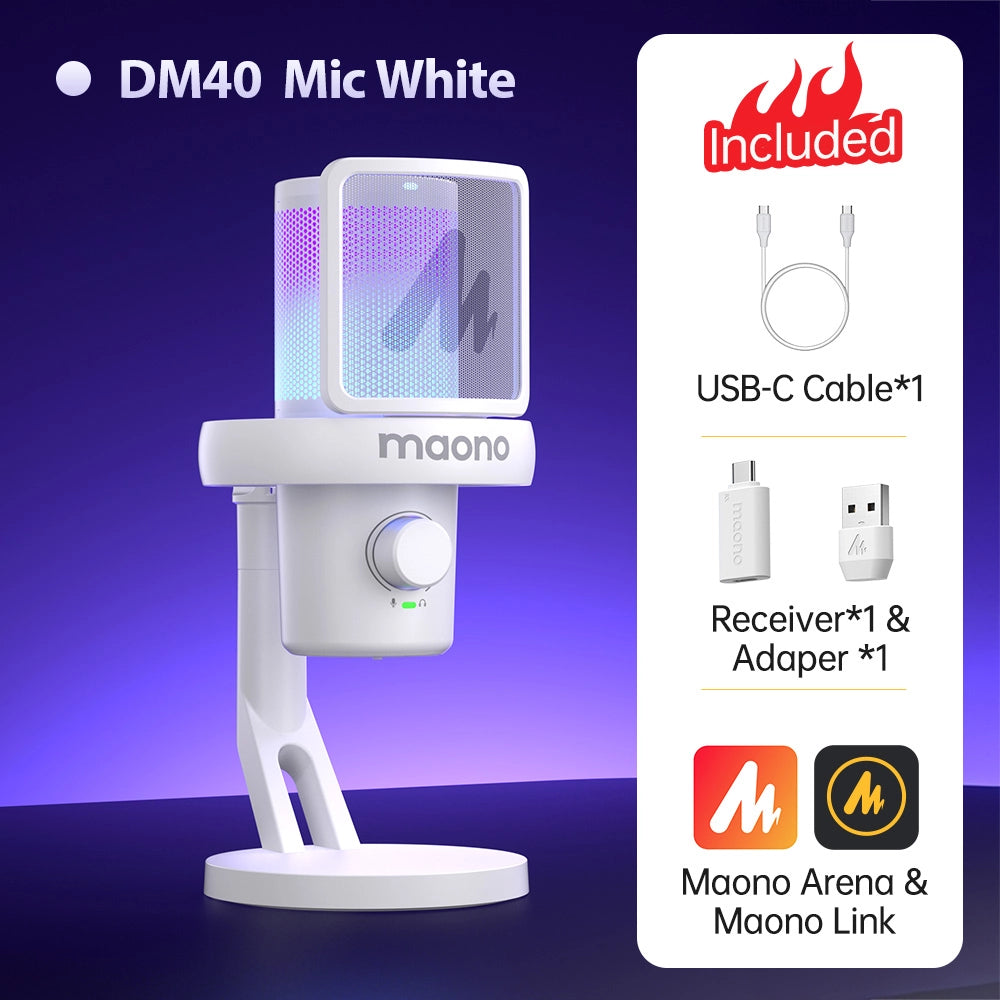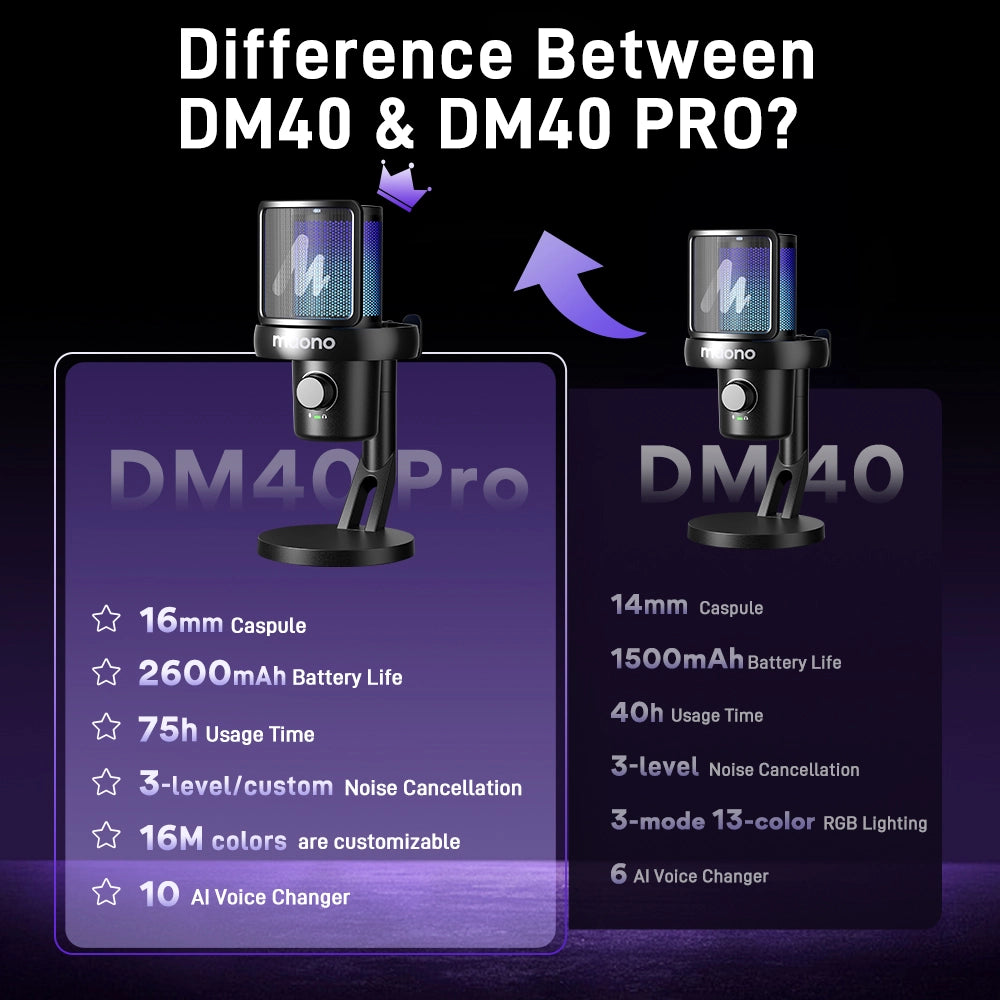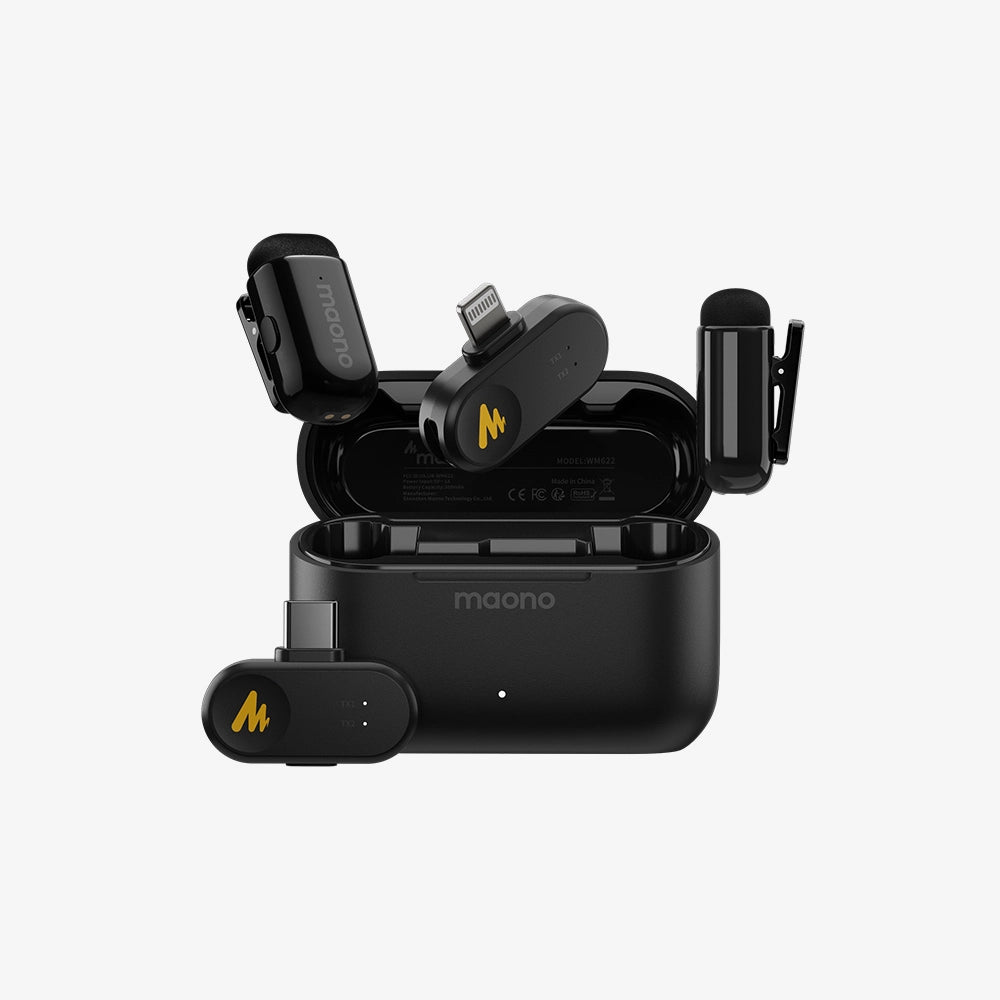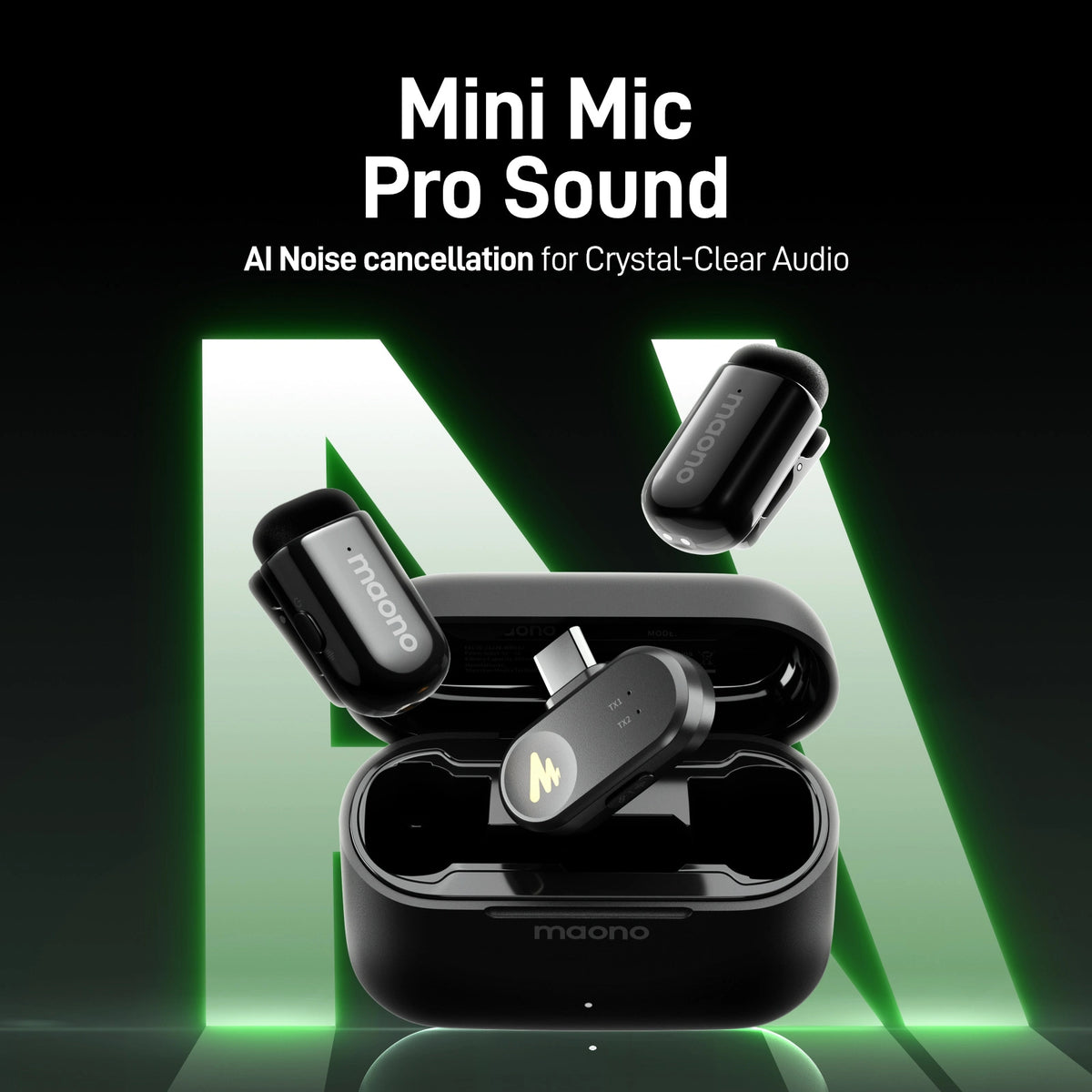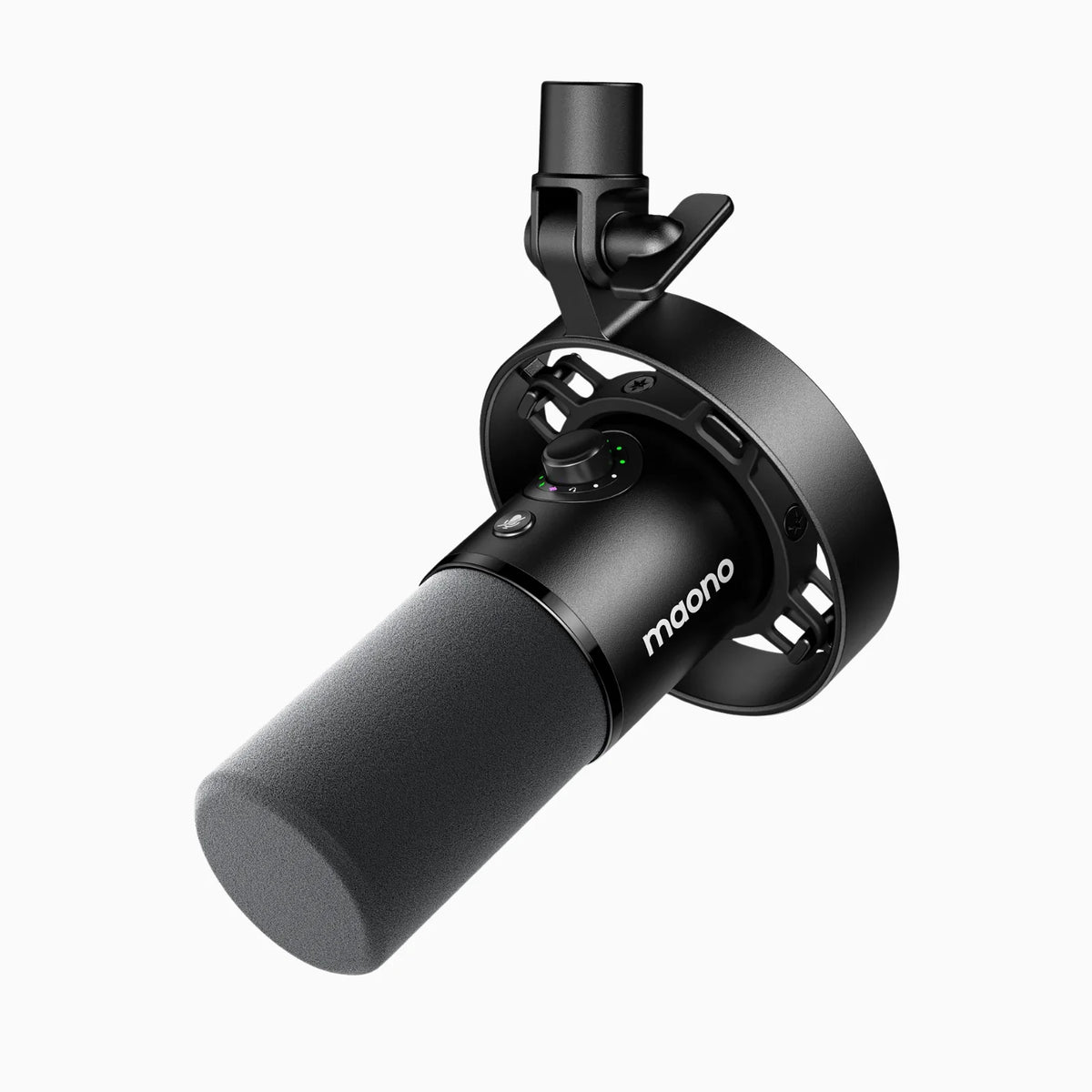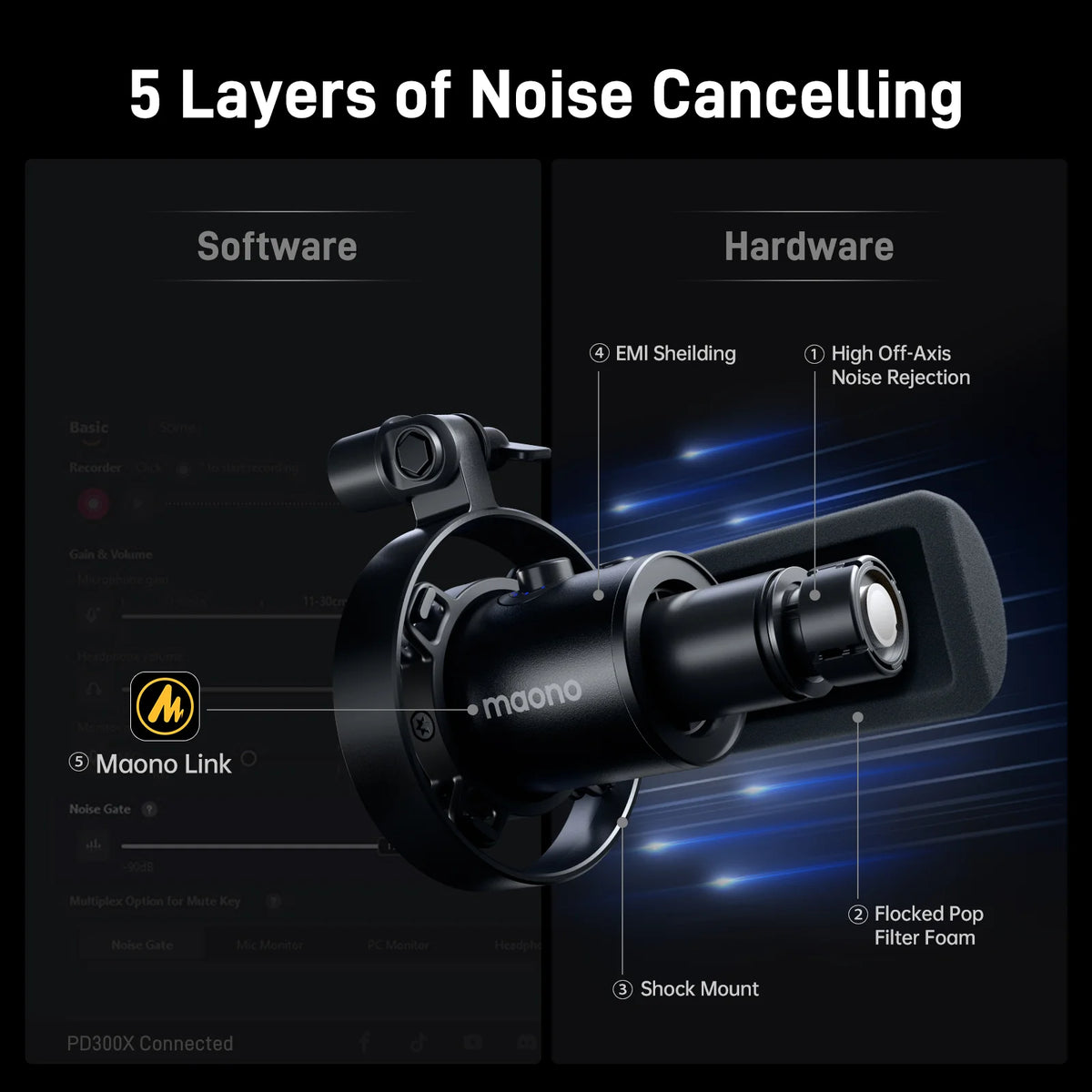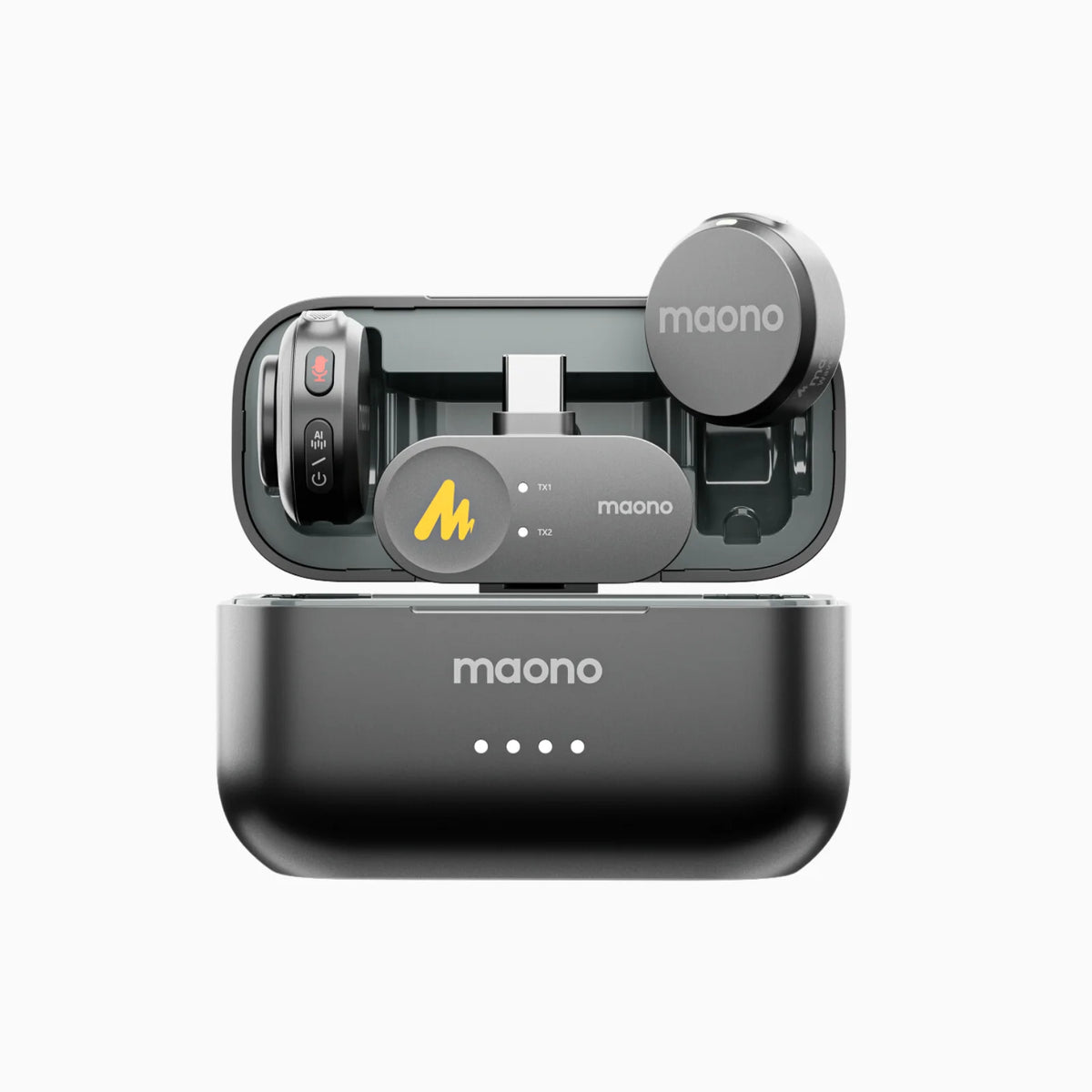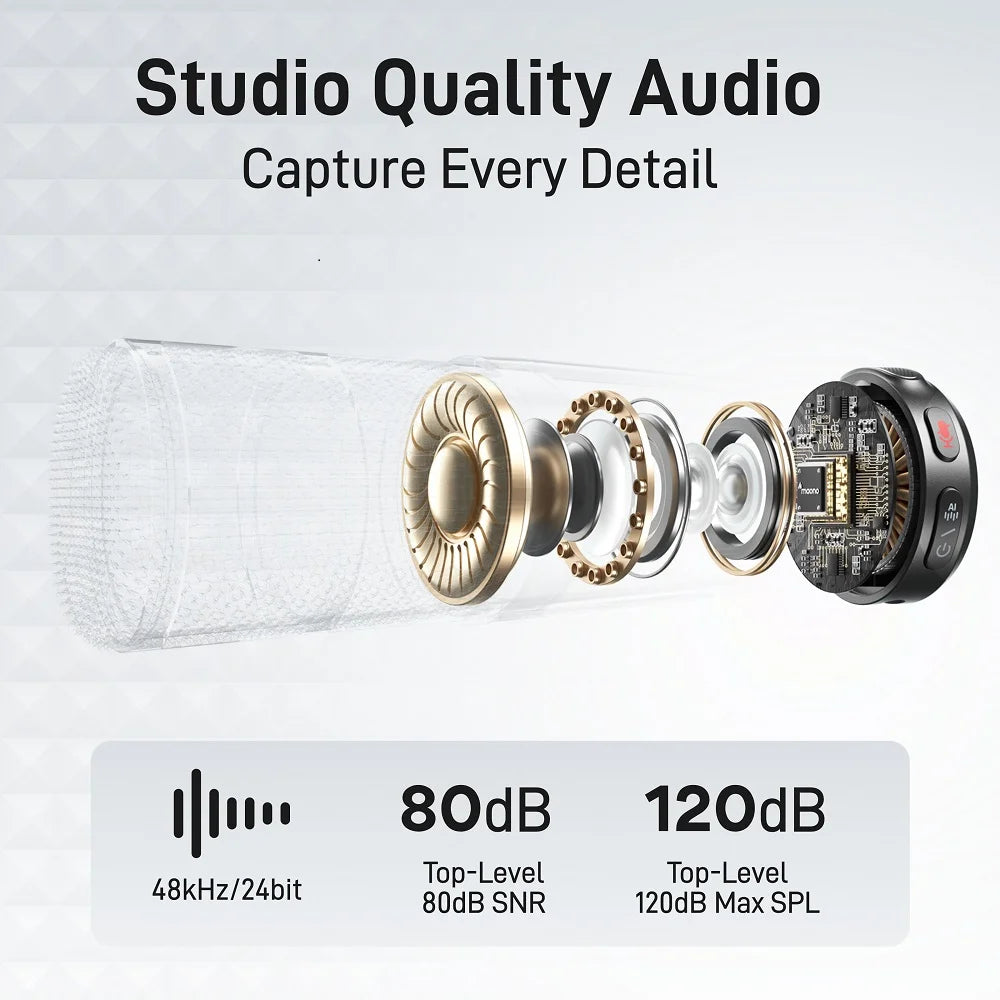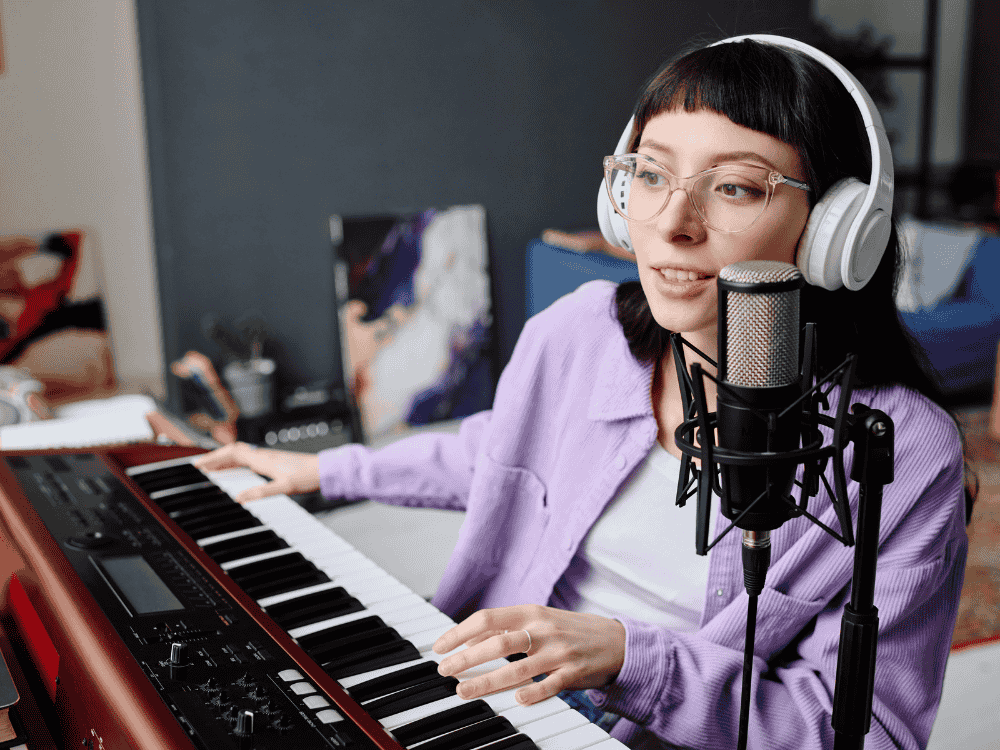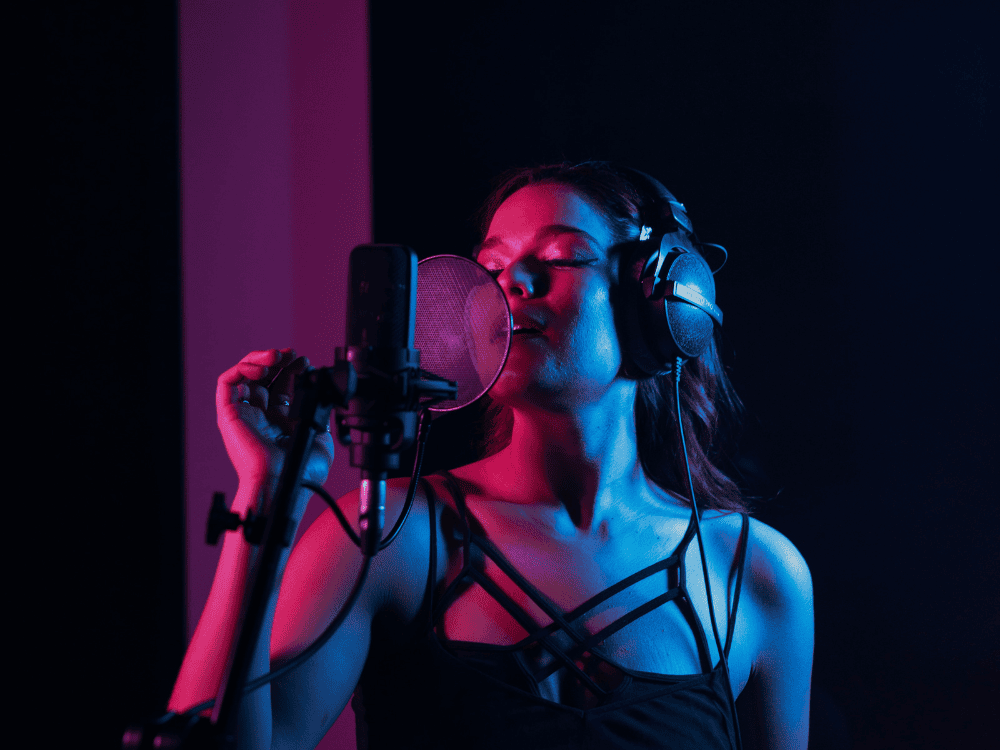Starting your journey into the world of audio recording, whether for podcasting, music production, or voice-over work, requires making some critical decisions. Selecting the right microphone is one of the most important choices you'll face. While USB microphones are often praised for their plug-and-play simplicity, a microphone XLR offers greater flexibility, superior sound quality, and the potential for growth as your audio needs expand. But does that mean you have to break the bank? Absolutely, not. This guide will introduce you to the best budget XLR microphones for beginners, highlighting top picks, comparisons, and essential considerations to help you make an informed choice.
What are some budget-friendly beginner microphone XLR options that are good for both talking and instruments or singing?
For beginners seeking a versatile microphone that performs well across various applications, the market offers several budget-friendly XLR options. These microphones are suitable for capturing vocals, instruments, and even podcasts. Here are five of the best budget XLR microphones that beginners should consider:
5 Best XLR Microphones for Beginners
-
Audio-Technica AT2020
This condenser microphone is known for its excellent sound quality and affordability. It provides a balanced sound, making it ideal for voice and instrument recording. With its high SPL handling and wide dynamic range, this microphone is versatile and reliable for both vocals and instruments. It’s a top pick for beginners looking for quality on a budget.
-
Behringer Ultravoice XM8500
A dynamic microphone that’s great for live sound and studio use. Its cardioid pattern minimizes background noise, making it perfect for vocal recordings. This large-diaphragm condenser mic is perfect for capturing detailed vocals and acoustic instruments. It offers a great price-to-performance ratio for under $100.
-
Shure SM57
A staple in the music industry, this dynamic microphone is incredibly versatile. It's commonly used for recording instruments but also performs well with vocals. Renowned for its durability and clear vocal reproduction, the SM58 is a go-to for live performances and studio recordings alike. It’s a dynamic microphone that offers great value under $100.

Offering a balance between affordability and performance, this dynamic XLR microphone (with dual output: USB & XLR) is suitable for both vocal and instrument recordings, making it a great choice for beginners. It is perfect for live streaming and podcasting too because of its cardioid pickup pattern, which minimizes background noise and guarantees concentrated sound capture from the front. Offering a good balance between cost and performance, this microphone is ideal for beginners focusing on vocal recordings. It delivers clear sound and comes at an attractive price point. You can purchase the bundle with the Maono BA92 boom arm stand, and get a 10 percent discount if you’re a new buyer and purchased from the link above.
-
Rode M3
This versatile condenser microphone works well for both studio recordings and live performances. It’s equipped with a high-pass filter, making it adaptable to various recording environments.
These microphones provide a good starting point for beginners, delivering quality recordings without the high price tag.
Is there anything an XLR microphone setup does that a USB mic can't do in post?
XLR microphones offer several advantages over USB microphones, especially in post-production:
- Higher Sound Quality: XLR setups generally provide better audio quality due to less interference and the ability to connect to professional-grade audio interfaces. This results in cleaner, richer recordings.
- Versatility: XLR microphones can be connected to various audio equipment like mixers, preamps, and audio interfaces, allowing for greater control over the sound. This versatility is not available with USB microphones, which are limited to direct computer connections.
- Upgradeability: With XLR, you can gradually upgrade components (e.g., preamps, cables, interfaces) to enhance your setup's quality. USB mics are all-in-one devices, limiting customization.
- Multiple Microphone Use: XLR setups make it easier to use multiple microphones simultaneously, a necessity for recording group vocals, podcasts with multiple speakers, or multi-instrument setups.
While USB microphones are convenient and sufficient for many tasks, XLR setups offer more professional options for those looking to advance their recording capabilities.
What are the best XLR microphones for under $150?
When shopping for budget XLR microphones, you can find several high-quality options under $150 that deliver exceptional performance:
-
Audio-Technica AT2020
Priced around $99, the AT2020 is a popular choice for beginners. It offers clear, detailed sound and is ideal for recording vocals and instruments.
-
Shure SM58
Often available for around $100, the SM58 is a legendary dynamic microphone known for its durability and reliable performance in both live and studio settings.
-
Behringer B-1
This large-diaphragm condenser microphone, priced under $100, provides excellent sound quality and is well-suited for vocals and acoustic instruments.
-
MXL 990
At approximately $70, the MXL 990 is a cheap XLR condenser microphone that offers warm, rich tones, making it a great choice for vocal recordings. Known for its vintage tone and affordability, the MXL 990 is an excellent choice for home studios. It’s particularly well-suited for recording vocals.

Available for around $65.99, this microphone delivers solid performance for beginners, with a focus on clear vocal recording and decent background noise rejection.
These microphones provide great value for money, making them ideal for those just starting with XLR setups.
Can a condenser microphone (XLR port-based) carry a computer virus?
No, a condenser microphone, whether XLR or USB, cannot carry a computer virus. Microphones are hardware devices that do not have storage or processing capabilities required to host or transmit viruses. Viruses are software-based and can only exist within the operating systems of computers, phones, or other digital devices with memory and an operating system.
However, if you’re concerned about security when connecting audio devices, always use trusted software and ensure that your computer’s operating system and antivirus programs are up to date.
A USB or an XLR mic?
The choice between a USB and an XLR microphone depends on your specific needs and plans:
- USB Microphones: Best for those who need a simple, plug-and-play solution with decent sound quality. They’re great for podcasting, streaming, and home recording setups where portability and ease of use are priorities.
- XLR Microphones: Ideal for users who want more control over their sound and plan to invest in a more advanced setup. XLR mics require additional equipment like audio interfaces but offer superior audio quality, flexibility, and the potential for future upgrades.
If you’re serious about audio production and anticipate needing multiple microphones or more control over your sound, starting with an XLR setup might be the better long-term investment.
FAQs
1. What are the key features of Maono XLR microphones?
Maono XLR microphones are designed with beginners in mind, offering features like:
- Wide Frequency Response: Ensures accurate and detailed sound capture.
- Cardioid Polar Pattern: Helps in isolating the sound source and reducing background noise.
- Durable Build: Maono microphones are built to last, with sturdy metal construction.
- Affordable Price: These microphones are competitively priced, making them accessible to beginners.
2. Details about build quality, sound quality, and other notable features of Maono microphone USB and XLR?
Maono XLR microphones are known for their solid build quality, often featuring a robust metal body that can withstand regular use. In terms of sound quality, these microphones provide clear and natural sound, with a focus on vocal clarity. Some models also come with additional features like high-pass filters and shock mounts to enhance recording quality and reduce unwanted noise.
3. How do you compare Maono XLR microphones with competitors in terms of performance and value?
When compared to competitors, Maono XLR microphones offer excellent value for money. While they may not have the same brand recognition as Shure or Audio-Technica, they provide comparable sound quality and durability at a lower price point. This makes them a strong contender for beginners who want good performance without the premium price tag.
Conclusion
Choosing the right budget XLR microphone as a beginner can be a daunting task, but with the right guidance, it’s possible to find an affordable option that meets your needs. Whether you’re recording vocals, instruments, or podcasts, the microphones highlighted in this guide offer a balance of quality, affordability, and versatility. As you progress in your audio journey, investing in an XLR setup will provide you with the flexibility and control needed to produce professional-grade recordings. With the right choice, you can achieve great sound quality without stretching your budget.




